Have you ever wondered what’s going on in your cat’s mind when they tilt their head or gently touch your hand? Cat enthusiasts know the struggle of unraveling feline mysteries—a journey filled with perplexing signals, heartwarming moments, and sometimes, hilarious misunderstandings. Our cats are always communicating, even if they don’t speak our language. If you’re eager to decode those subtle feline messages, you’re in the right place. Let’s dive into the fascinating world of cat reactions that truly mean, “I’m trying to understand you.”
Slow Blinking: The Gentle Whisper of Trust

When your cat looks at you and blinks slowly, it’s like they’re whispering a secret in a language only you can understand. This gentle, unhurried blink is a powerful sign of trust and openness. Cats don’t offer this gesture to just anyone—it’s reserved for those they feel safe with. By blinking slowly, your cat is not only showing affection but also signaling their willingness to connect. If you return the gesture, you may notice your cat relaxing further, perhaps even purring softly. This silent conversation builds a deeper bond, one blink at a time. In the feline world, slow blinking is as close as it gets to saying, “I’m listening to you.”
Head Tilting: Curiosity in Motion
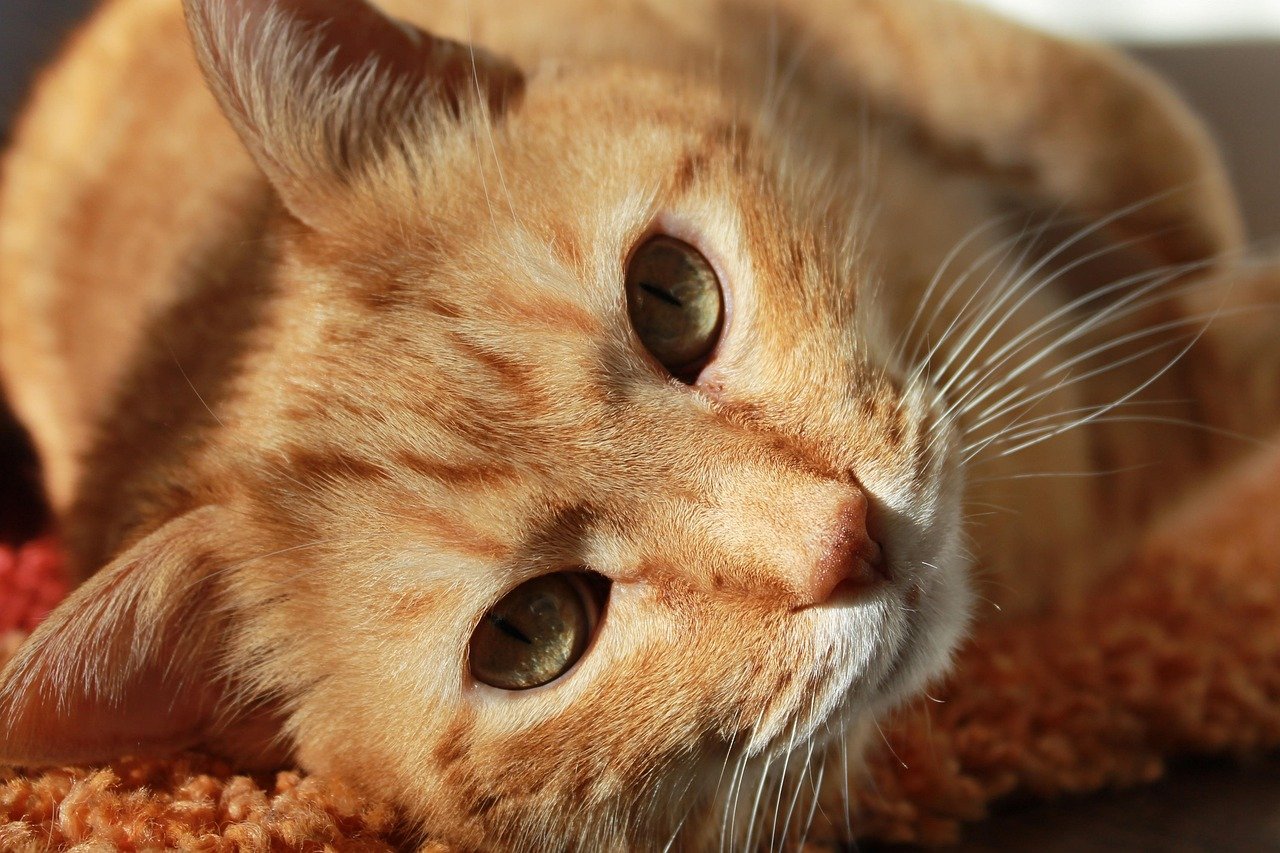
That adorable moment when your cat tilts its head while you’re talking isn’t just cute—it’s a sign of genuine curiosity. Head tilting helps your cat process new sounds or sights, like a child concentrating on a tricky puzzle. It’s their way of tuning in, trying to catch every hint of meaning from your words or movements. Sometimes, a cat will pair this with attentive eyes and twitching whiskers, showing their mind is hard at work. This small gesture tells you they’re engaged and eager to understand what you’re saying or doing. It’s impossible not to feel seen when your cat tilts their head, giving you their full attention. Think of it as your feline’s version of saying, “Tell me more!”
Ear Swiveling: Tuning Into Your Frequency
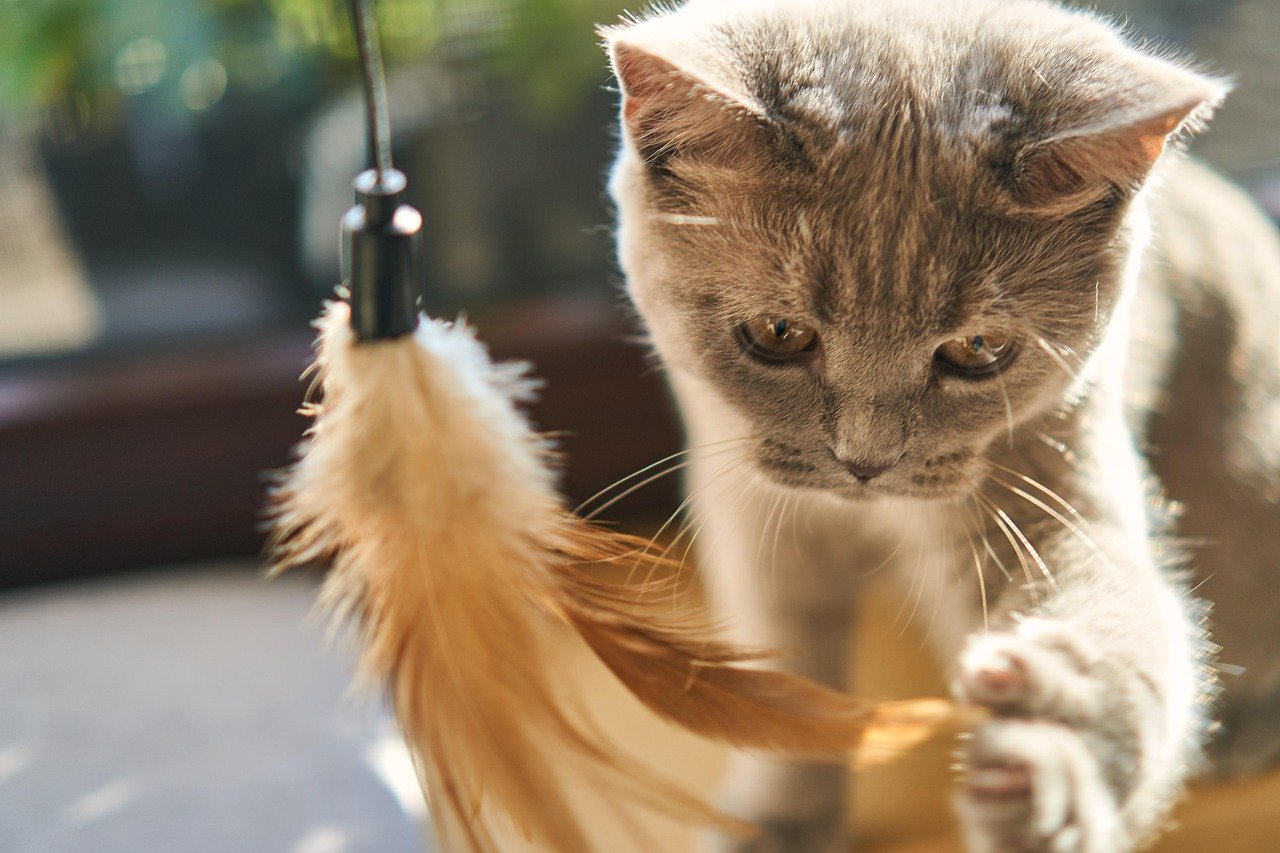
Have you noticed your cat’s ears swiveling like tiny satellite dishes when you speak? This reaction is the feline equivalent of leaning in to listen. Cats have an impressive range of motion in their ears, which allows them to pinpoint sounds and focus on what matters most—like your voice. If their ears move forward or angle toward you, they are making an effort to catch every word or sound you make. This isn’t just about curiosity; it’s an active attempt to understand your feelings and intentions. When your cat’s ears are alert and focused on you, you can be sure you have their attention. It’s a subtle but meaningful way they show, “I want to know what you’re saying.”
Mirroring Your Movements: The Dance of Empathy
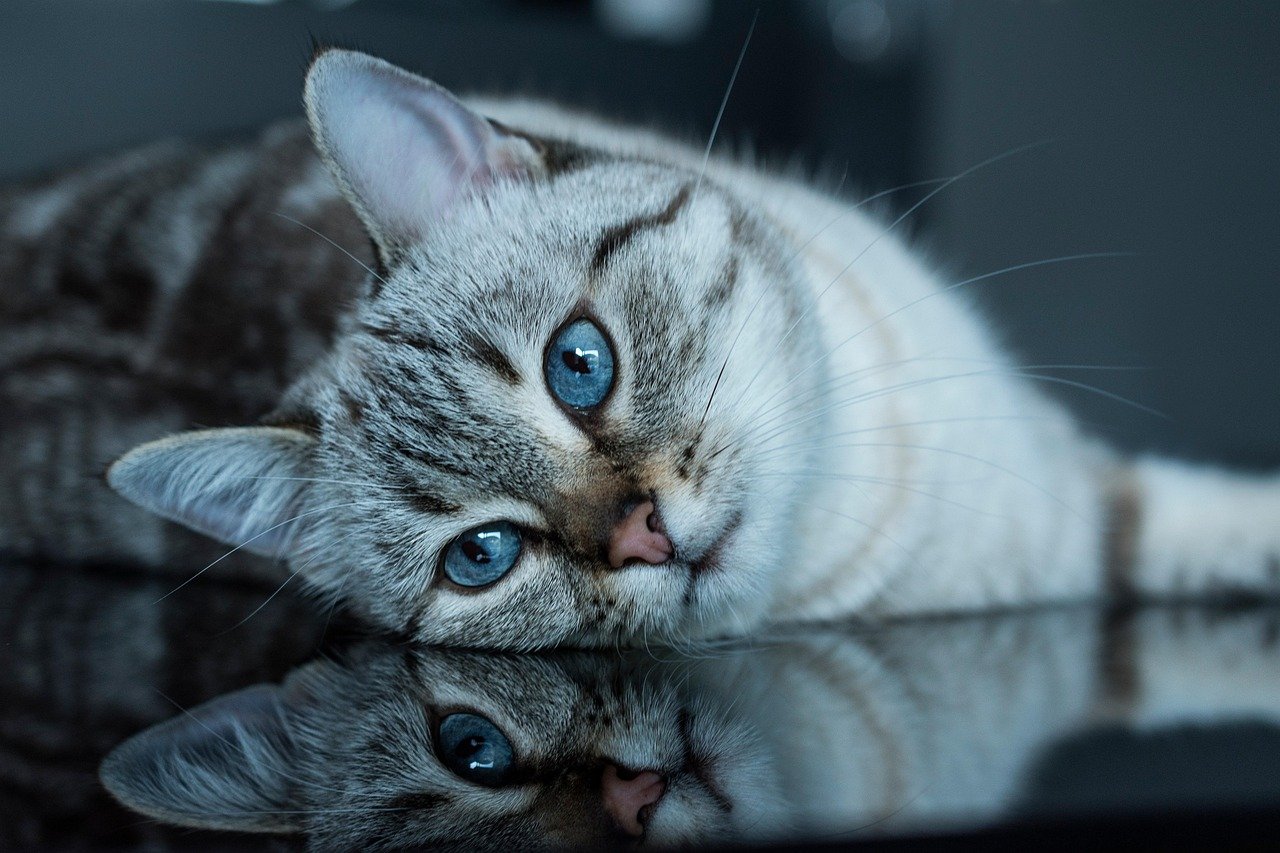
If you stretch and suddenly notice your cat doing the same, don’t be surprised! Cats often mirror the body language of those they trust and want to bond with. This copying behavior is more than coincidence; it’s a heartfelt attempt to connect and understand your emotions. Whether it’s following you from room to room or mimicking your sitting posture, your cat is saying, “I’m right here with you.” Mirroring is common among animals who care deeply for each other, and it’s especially touching when it comes from your feline friend. This reaction is a clear sign of empathy and an effort to bridge the gap between your worlds. The next time your cat copies you, know they’re reaching out to understand you a little better.
Gently Pawing at You: The Softest Question

A gentle paw on your arm or hand can melt even the toughest heart. When your cat reaches out with a soft touch, it’s their way of asking for your attention—or clarity. This tender gesture is not just a plea for petting; it can mean your cat is trying to understand what you want or how you feel. The act of pawing is often accompanied by searching eyes, and sometimes a quiet meow. It’s their subtle question, “Are we on the same page?” Cats who trust you enough to initiate this touch are expressing vulnerability and a desire to connect. Cherish these moments—they’re invitations to deepen your mutual understanding.
Following You Around: The Silent Shadow
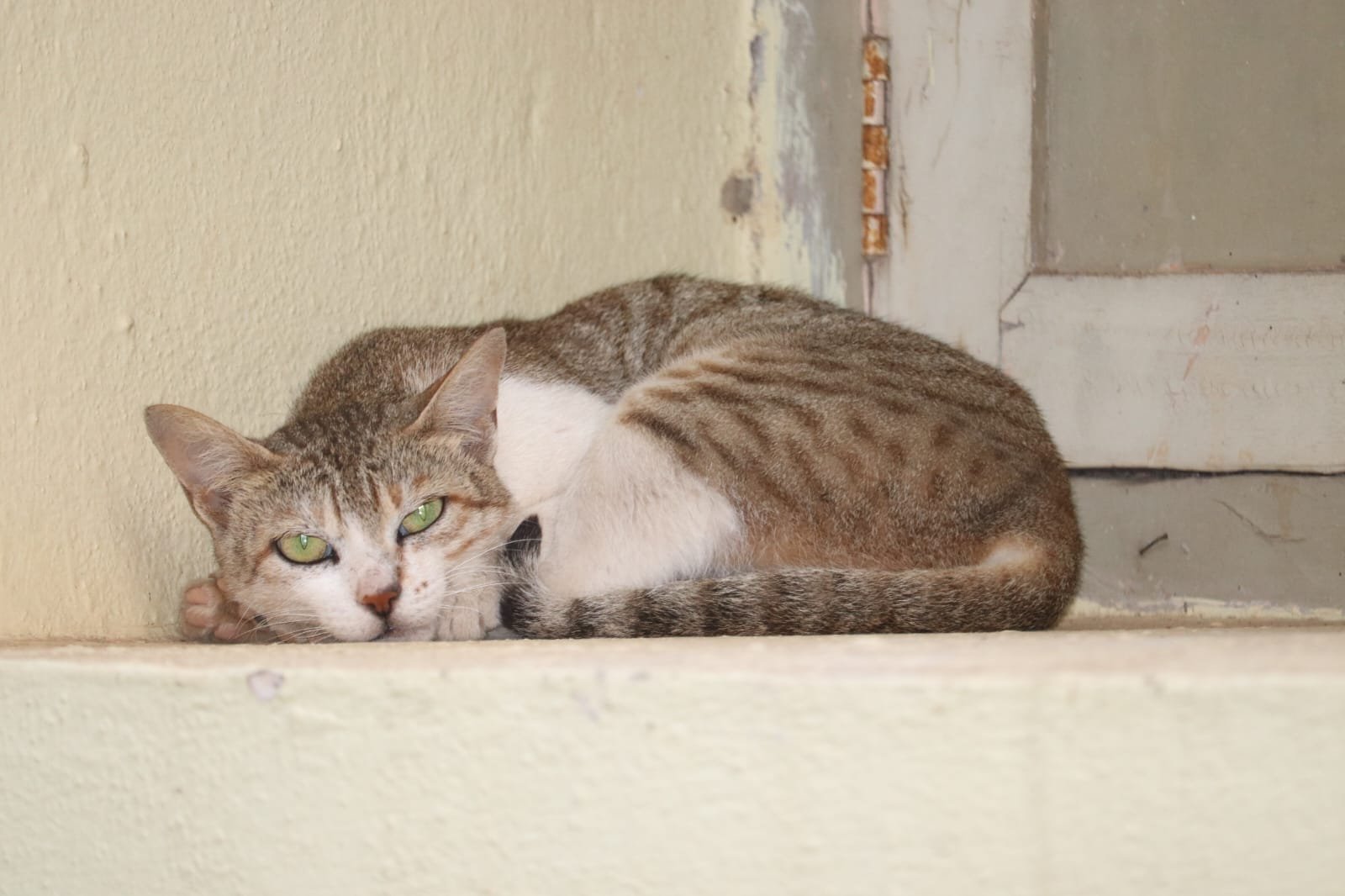
Ever feel like you have a furry little shadow? When your cat follows you from room to room, it’s not just about curiosity or food. This behavior signals a strong desire to be close and involved in your life. Your cat is absorbing your routines, moods, and habits, trying to make sense of your world. It’s their way of saying, “I want to be part of your story.” Sometimes, they’ll sit quietly nearby, observing your every move, waiting for a cue to interact. This patient companionship is a testament to your bond. In their silent way, your cat is always watching, learning, and trying to understand.
Nose Touches: The Delicate Greeting
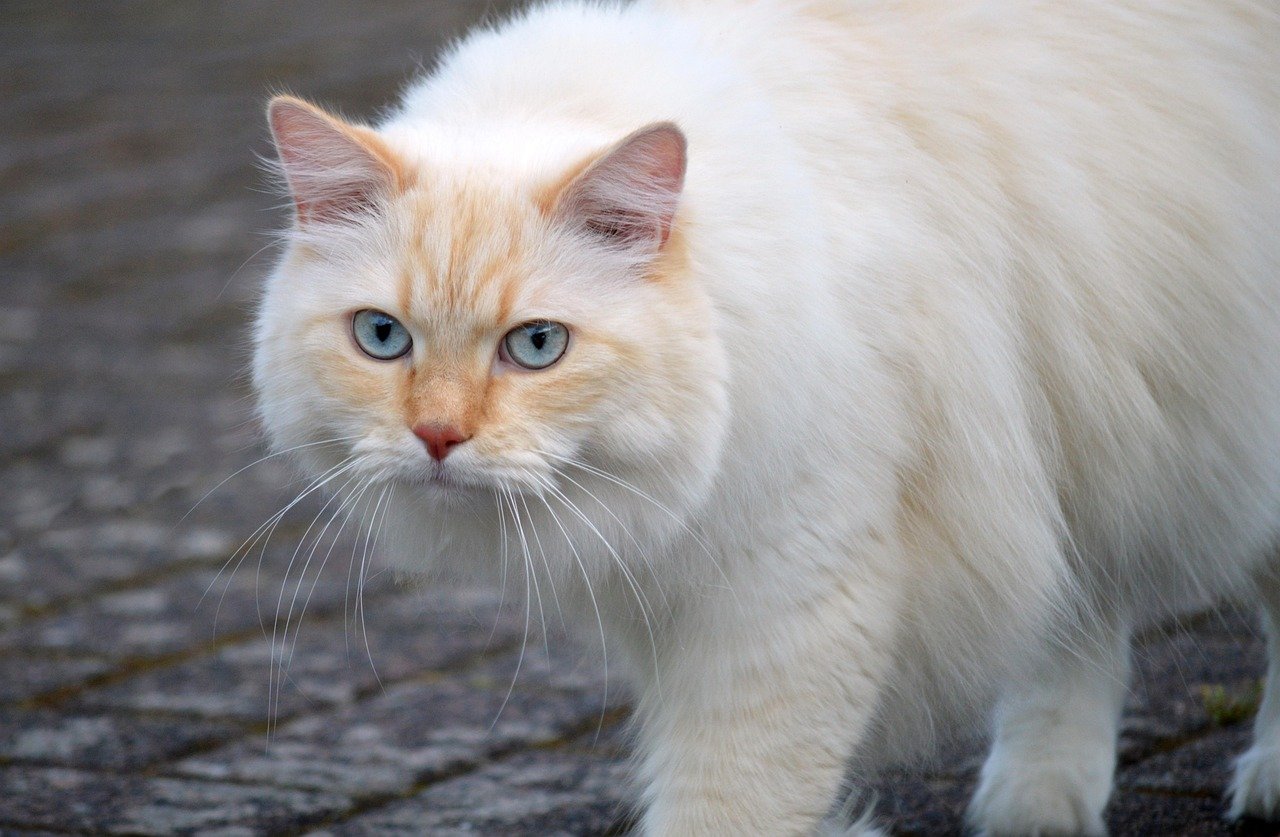
A gentle nose touch from your cat is one of the sweetest gestures you can experience. In the feline universe, touching noses is the ultimate sign of trust and curiosity. When your cat presses their nose to you, they’re not just greeting you—they’re gathering information, learning your scent, and seeking reassurance. This delicate interaction is often reserved for special moments, when your cat feels safe and connected. It’s their way of saying, “I see you, and I want to know you better.” Reciprocate with a calm, gentle response, and you’ll encourage even more of these meaningful exchanges.
Sitting Near But Not On You: Respectful Observation
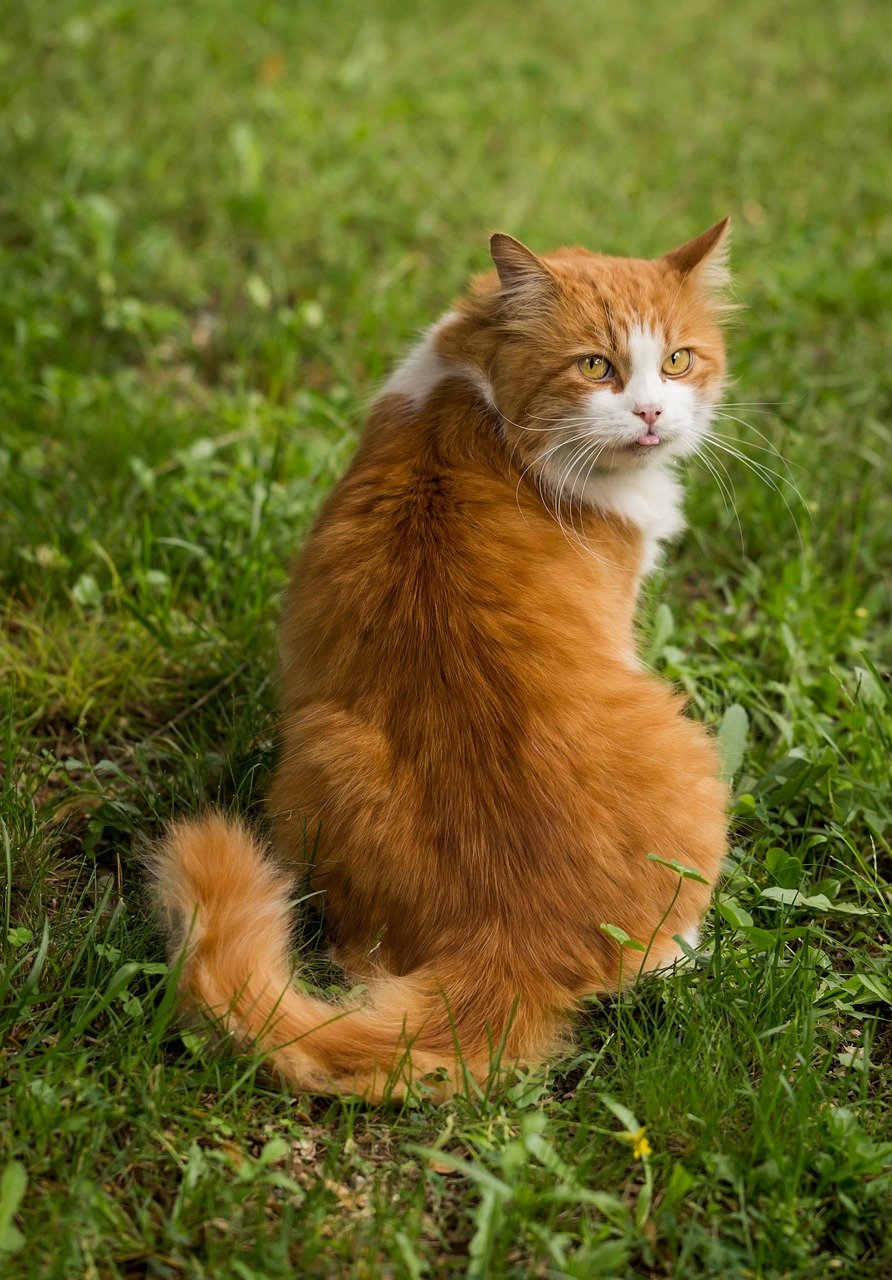
Some cats show their affection by sitting just out of arm’s reach, quietly watching you. This behavior is a sign of respect and a desire to understand without overwhelming you. By staying close but not on top of you, your cat is giving you space while still being present. It’s a thoughtful balance between independence and connection, signaling that your cat values your company. You might notice them glancing up at you now and then, taking in your actions and mood. It’s their subtle way of saying, “I’m here for you, learning from you.” This gentle presence can be more comforting than any cuddle.
Soft Meows: The Vocal Bridge
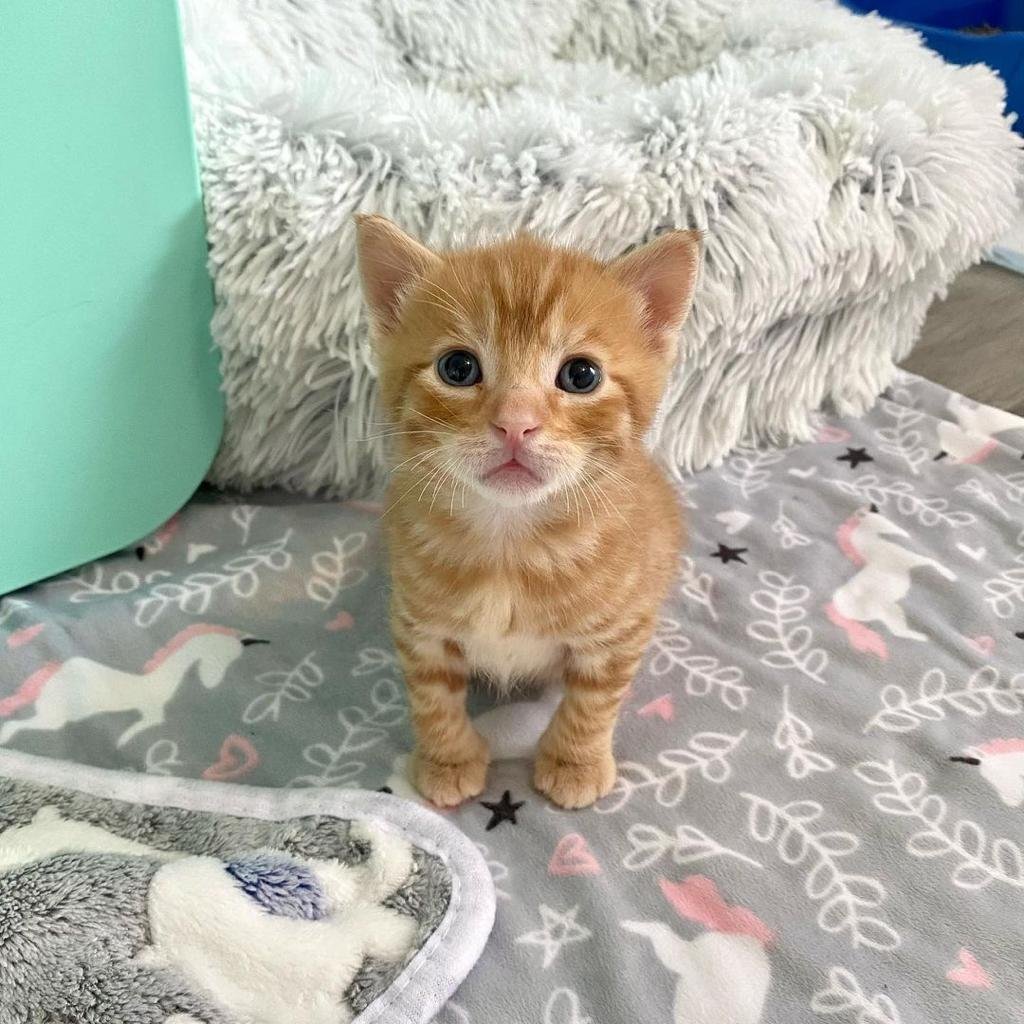
Not all meows are demands; some are delicate attempts to engage and understand. When your cat uses soft, questioning meows, they’re opening a line of communication. These gentle sounds often accompany eye contact or a slow blink, reinforcing their intent to connect. Each meow is a tiny bridge, built with the hope of meeting you halfway. Your cat may be responding to your tone, testing what gets your attention, or simply sharing their feelings. Pay attention to these soft vocalizations—they’re your cat’s way of saying, “Help me understand you.”
Tail Language: The Silent Storyteller
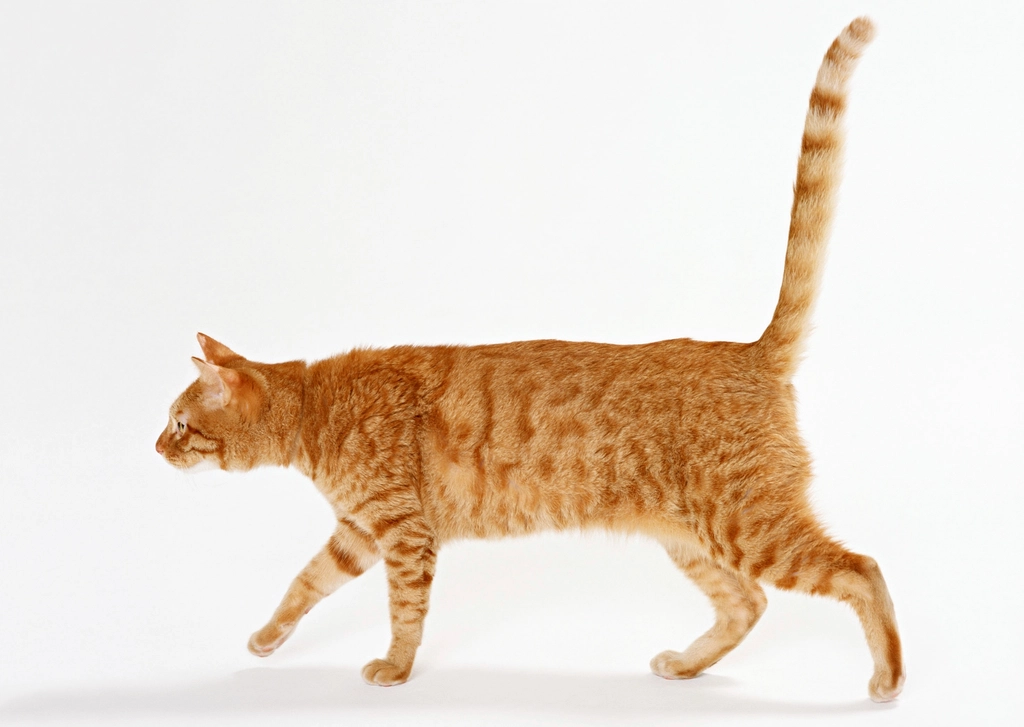
A cat’s tail is a master storyteller, revealing emotions that words never could. When your cat holds their tail upright with a gentle curve, it’s a sign of confidence and openness—a clear indication they’re comfortable and receptive. A softly swishing tail or one that gently wraps around your leg is a sign of affection and curiosity. These tail movements often mean your cat is paying close attention, trying to interpret your actions and mood. Conversely, a twitching or puffed tail can signal confusion or uncertainty, showing your cat is working hard to make sense of what’s happening. Watching your cat’s tail can help you decode their efforts to understand you.
Licking: The Trusting Groomer
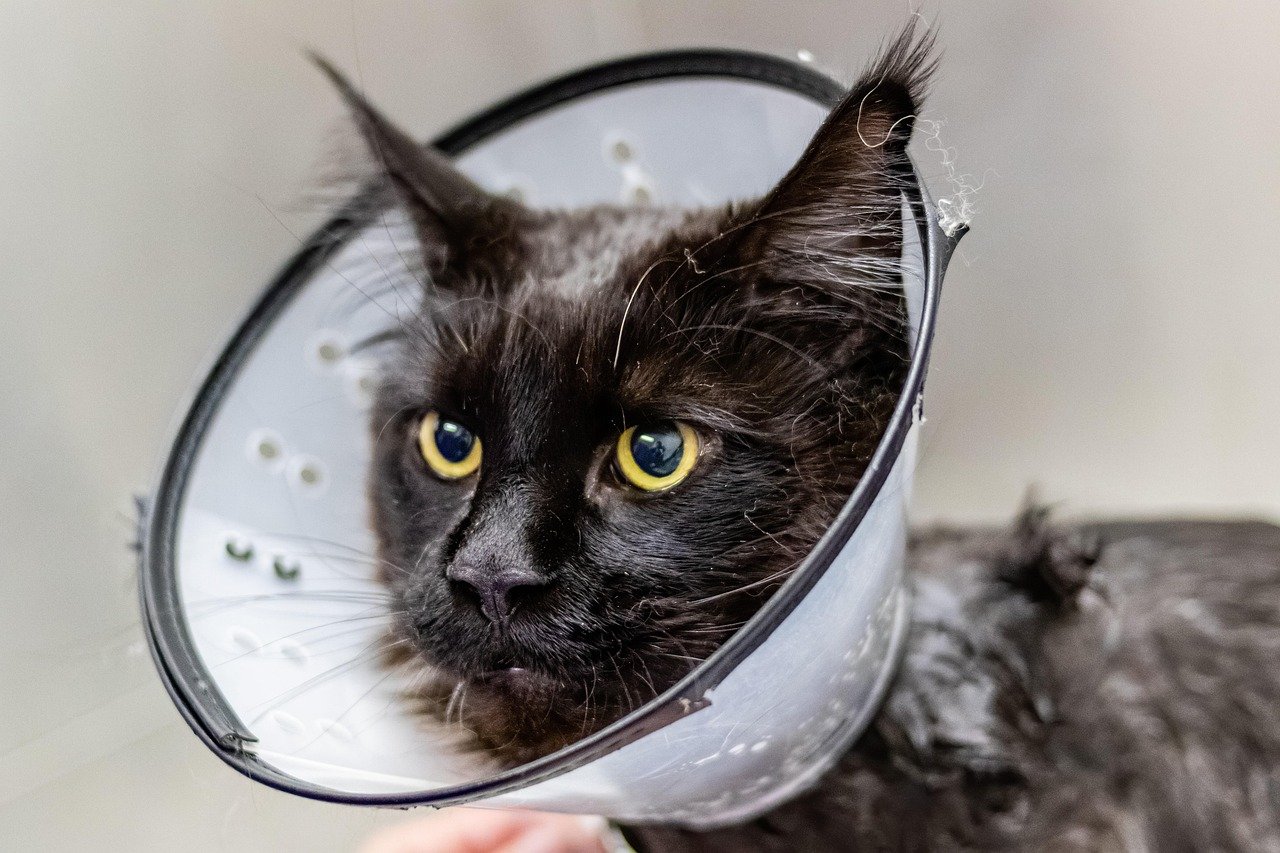
When your cat licks your hand, face, or even your hair, they’re engaging in one of the most intimate forms of feline communication. Licking is a behavior rooted in kittenhood, when mothers groom their young to nurture and bond. When your adult cat grooms you, it’s a gesture of deep trust and affection. It can also mean they’re trying to comfort you or themselves, especially if they sense you’re upset. This act of grooming is both a sign of understanding and a way of building a stronger connection. It’s their way of saying, “We’re family, and I’m here for you.”
Purring: The Melody of Comfort
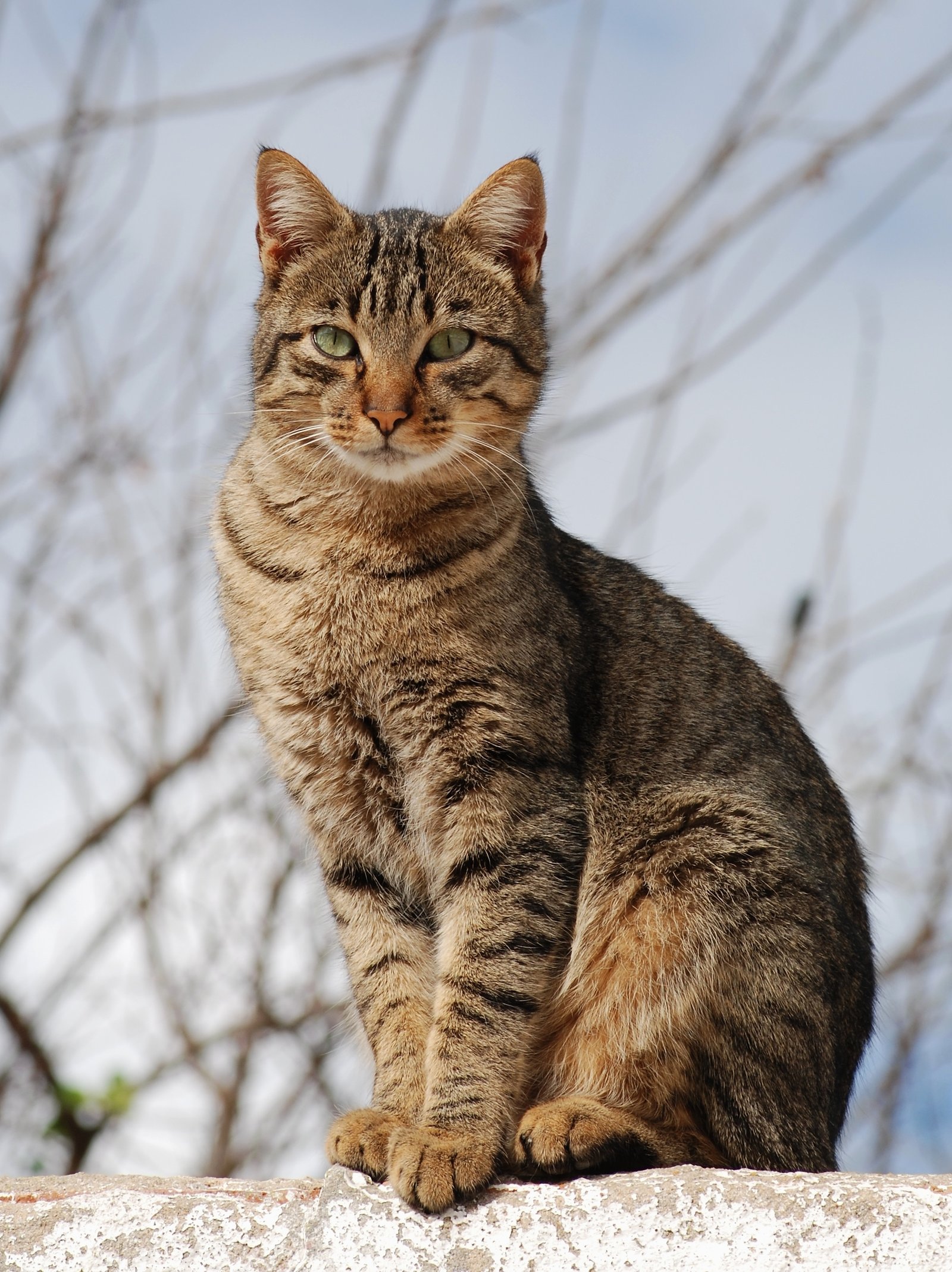
There’s nothing quite like the soothing sound of a cat’s purr. While purring is often associated with contentment, it can also signal that your cat is trying to understand and comfort you. Cats may purr when they sense you’re stressed or sad, offering a calming presence. Sometimes, a cat will purr while kneading your lap or lying close by, blending physical closeness with this melodic reassurance. It’s their way of saying, “I feel what you feel, and I’m here to help.” This shared moment of peace strengthens the emotional bond between you and your feline friend.
Rubbing Against You: The Scented Embrace
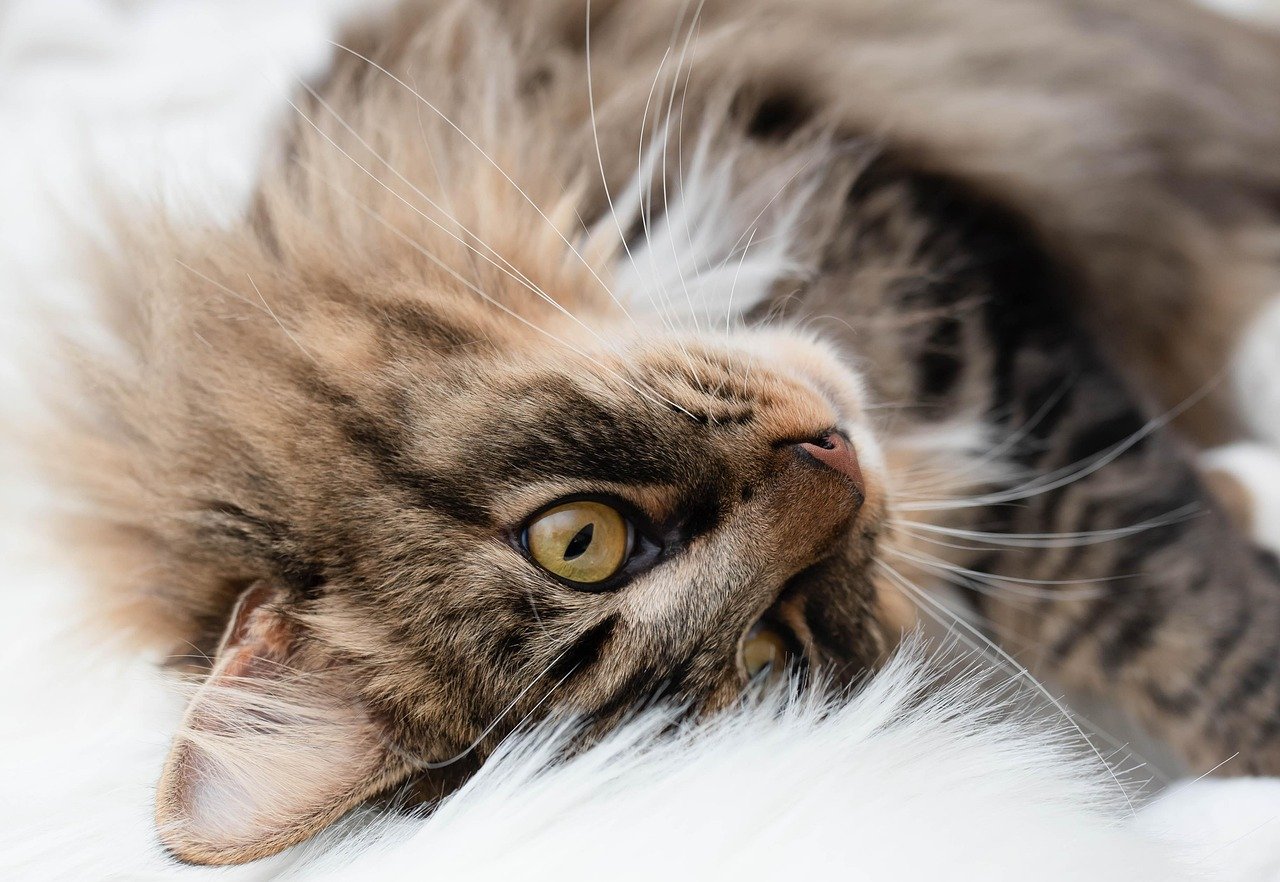
When your cat rubs their head, body, or tail against you, they’re marking you with their scent—a clear sign of inclusion in their inner circle. This behavior is both territorial and affectionate, as cats use scent to communicate acceptance and belonging. Rubbing against you after you’ve been away can also mean your cat is catching up on your scent, trying to understand where you’ve been. This scented embrace is a powerful way for your cat to connect and reaffirm your bond. It’s their silent message: “You’re important to me, and I want to know you better.”
Kneading: The Memory of Comfort
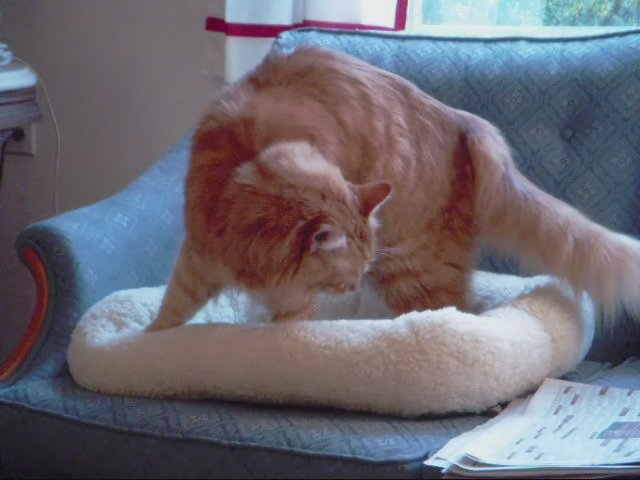
Kneading, or “making biscuits,” is a behavior that begins in kittenhood and often persists into adulthood. When your cat rhythmically presses their paws into your lap or a soft surface, they’re expressing comfort and trust. This action is tied to memories of nursing and maternal warmth, but it also means your cat feels safe with you. Kneading can be a sign that your cat is content but also trying to understand and connect with your emotions. If your cat kneads you while making eye contact, take it as a heartfelt compliment—they’re saying, “I feel close to you and want to understand you more.”
Watching You Closely: The Silent Interpreter
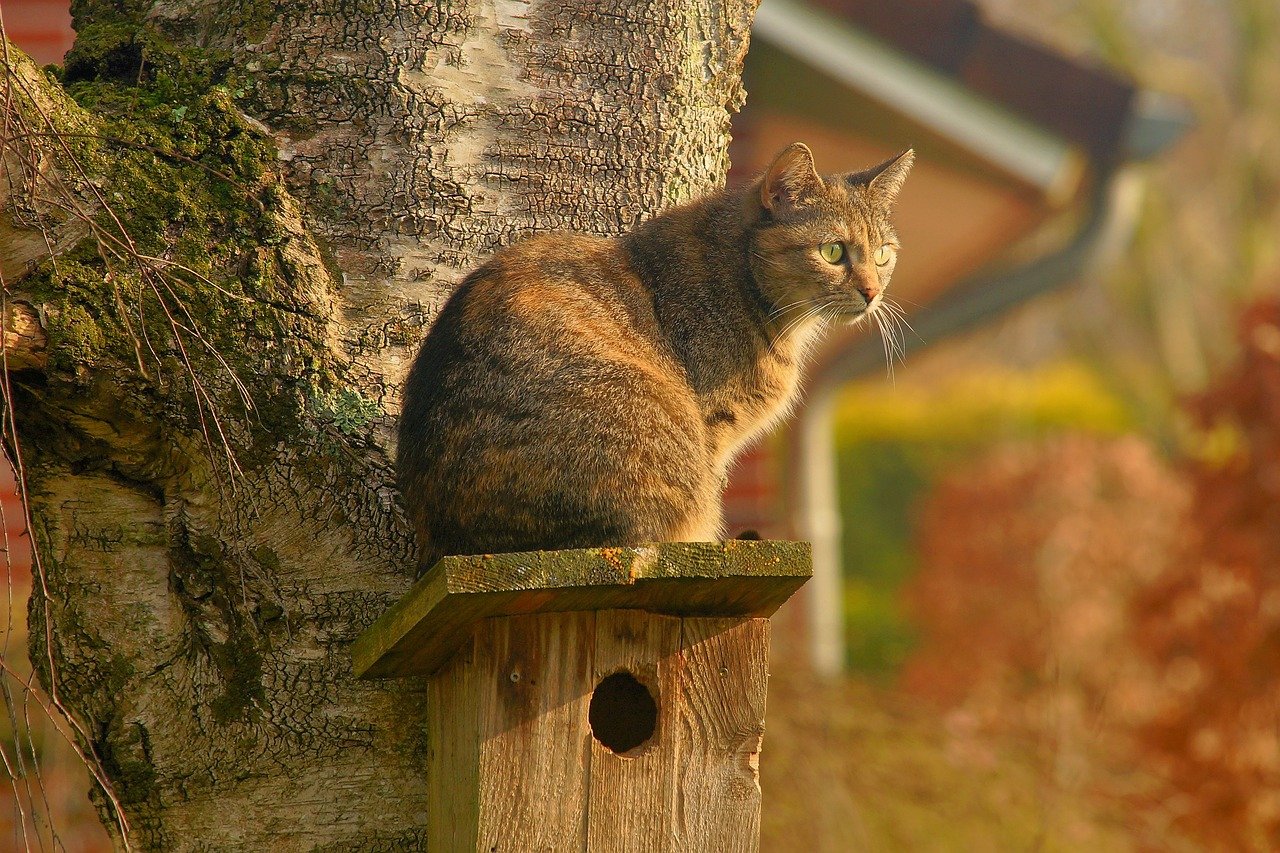
Sometimes, the most telling reaction is a quiet one. When your cat sits and watches you intently, they’re gathering information and interpreting your every move. Their penetrating gaze is not meant to intimidate; it’s a sign of deep focus and interest. Cats are keen observers, and by watching you, they learn your patterns, emotions, and even routines. This intense attention means your cat is invested in understanding you better. It’s a silent, powerful connection—one that grows stronger with every shared glance.
Sleeping Near You: Vulnerable and Connected
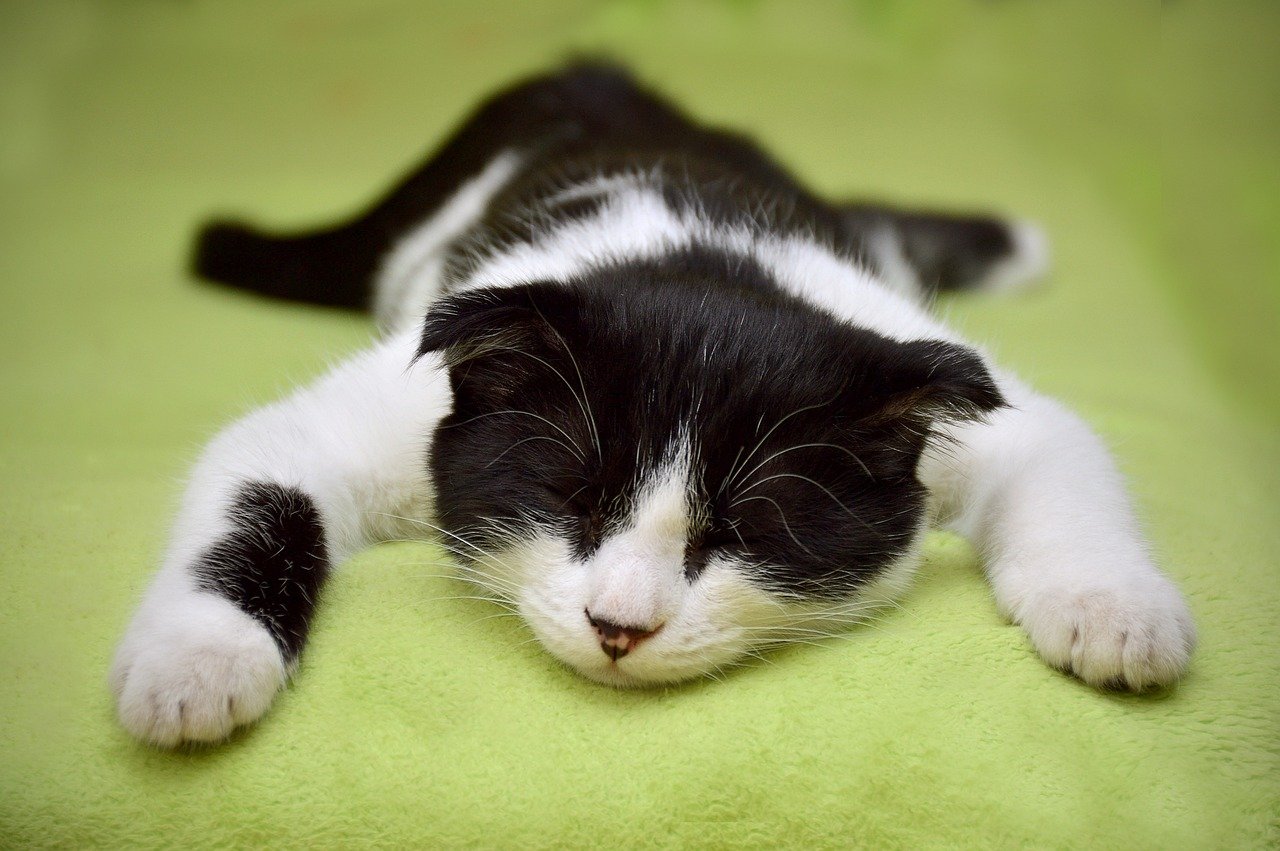
Cats are notoriously private sleepers, choosing their napping spots with great care. When your cat chooses to sleep near you, it’s a profound sign of trust and comfort. Sleeping in your presence makes them vulnerable, so this gesture shows they feel safe and want to stay connected. By being close while they rest, your cat absorbs your scent, your movements, and your energy. This proximity is their way of staying in tune with you, even while they dream. It’s a touching demonstration of their ongoing effort to understand and bond with you.
Bringing You “Gifts”: The Generous Interpreter
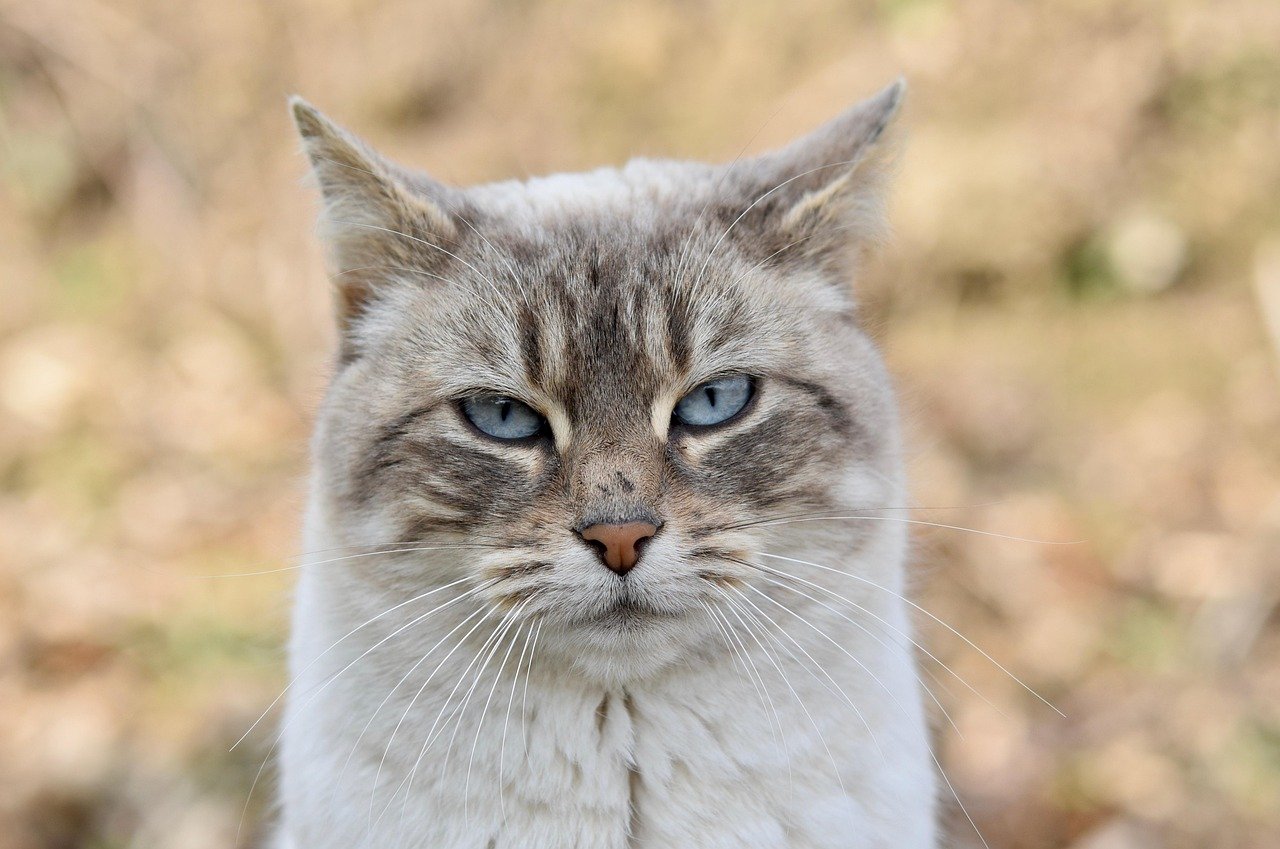
Finding a toy—or sometimes an unexpected “present”—at your feet can be both hilarious and confusing. When your cat brings you gifts, they’re acting on instinct and affection. This behavior mirrors how cats teach their young or share resources with those they care about. By presenting you with something special, your cat is showing empathy and a desire to connect. It’s their way of saying, “I want you to understand my world.” Even if the gift isn’t to your taste, appreciate the sentiment behind it—it’s a genuine attempt at communication.
Touching Your Face: The Intimate Inquiry
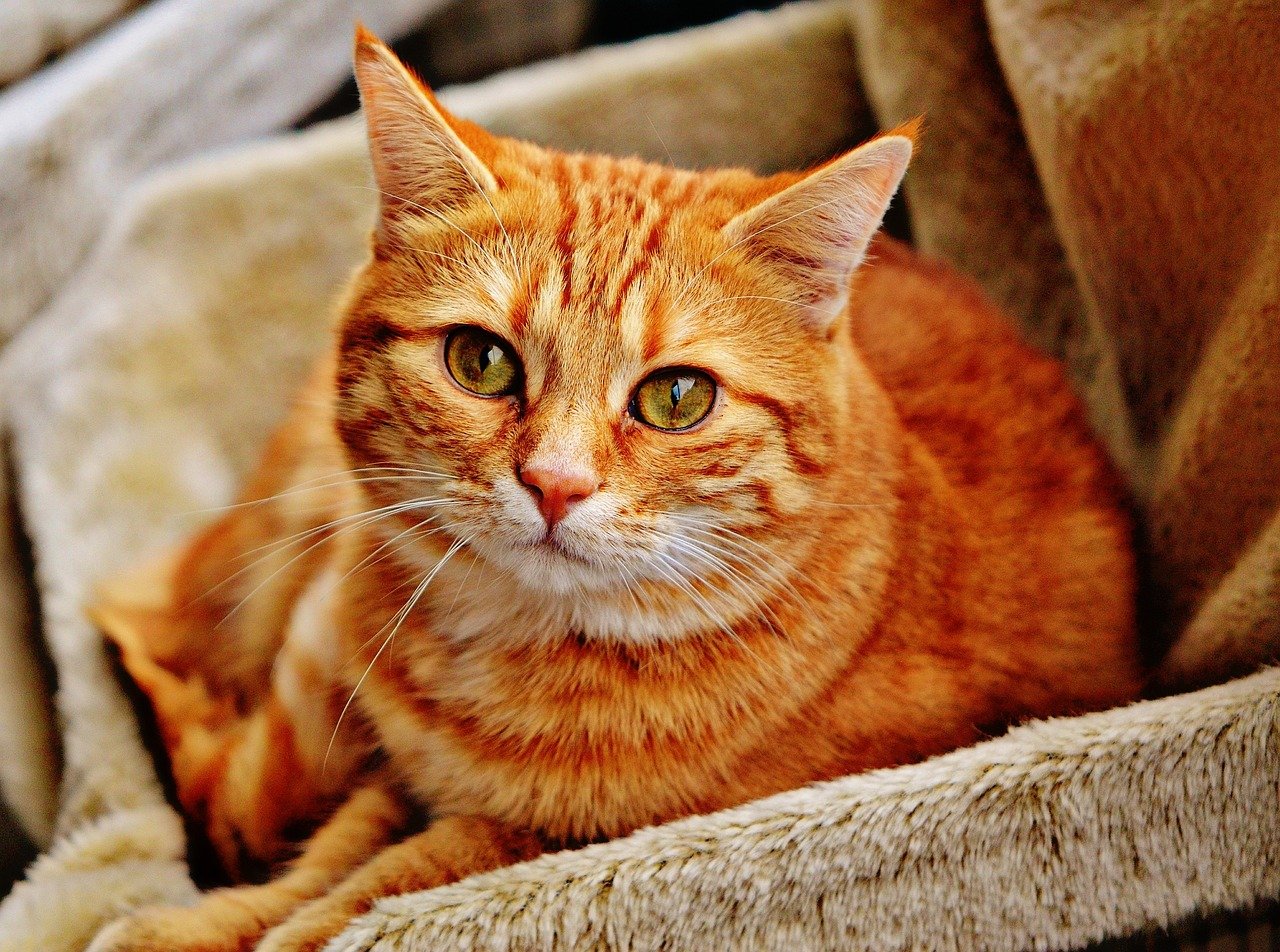
A gentle paw on your cheek or a nuzzle against your face is a rare and intimate gesture. When your cat touches your face, they’re seeking closeness and sharing vulnerability. This behavior often occurs during quiet moments, when your cat feels especially connected to you. It’s their way of reaching out, both physically and emotionally, to understand how you’re feeling. Such a gesture is a clear sign of trust and an invitation to deeper communication. Treasure these moments—they’re windows into your cat’s heart.
Chirping or Trilling: The Excited Communicator
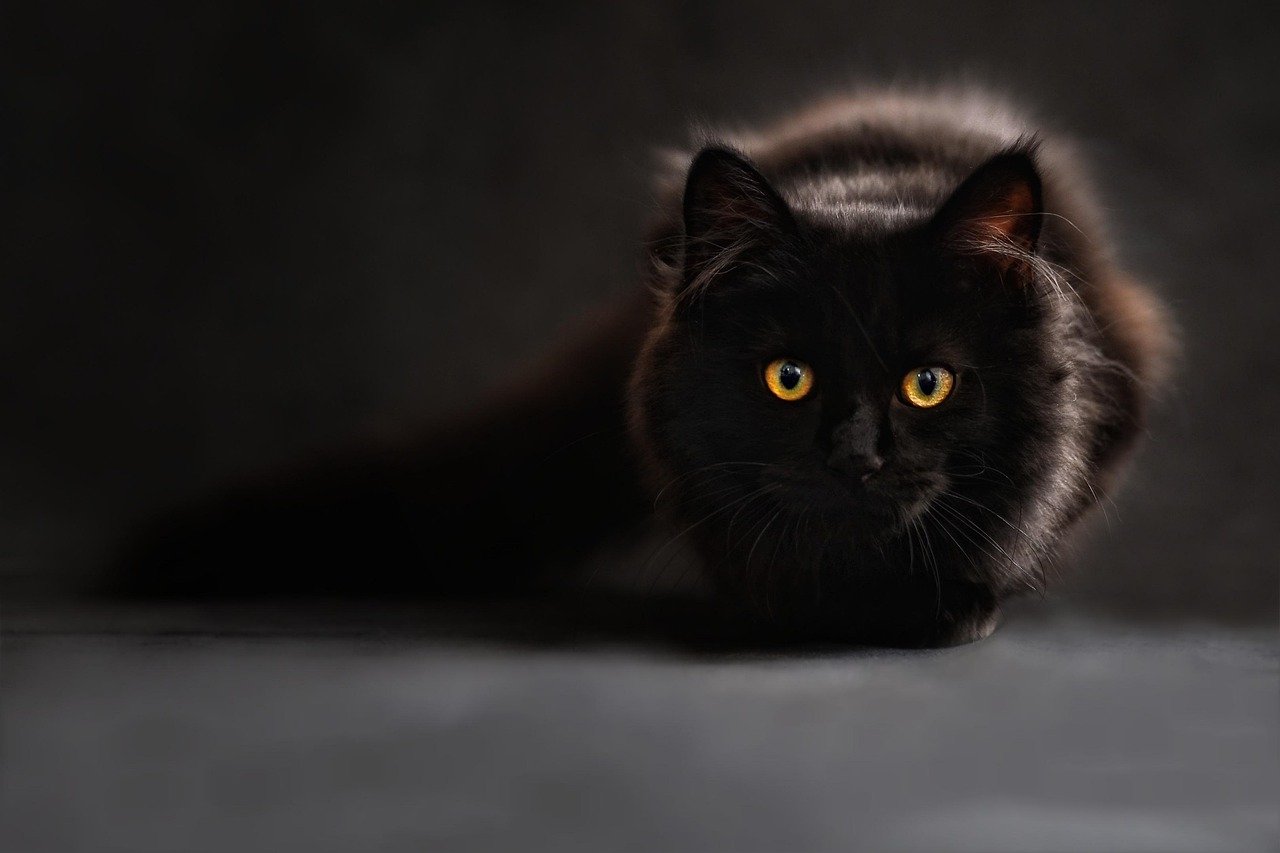
Cats don’t just meow—they also chirp and trill, especially when excited or eager to interact. These unique vocalizations are often reserved for their favorite humans and signal a readiness to engage. When your cat greets you with a chirp, they’re expressing happiness and trying to catch your attention. This cheerful sound often means your cat is receptive and eager to connect, hoping you’ll respond in kind. Chirping is a playful, energetic way your cat communicates, “I’m here, and I want to understand what’s next.”
Playful Pouncing: The Engaged Explorer
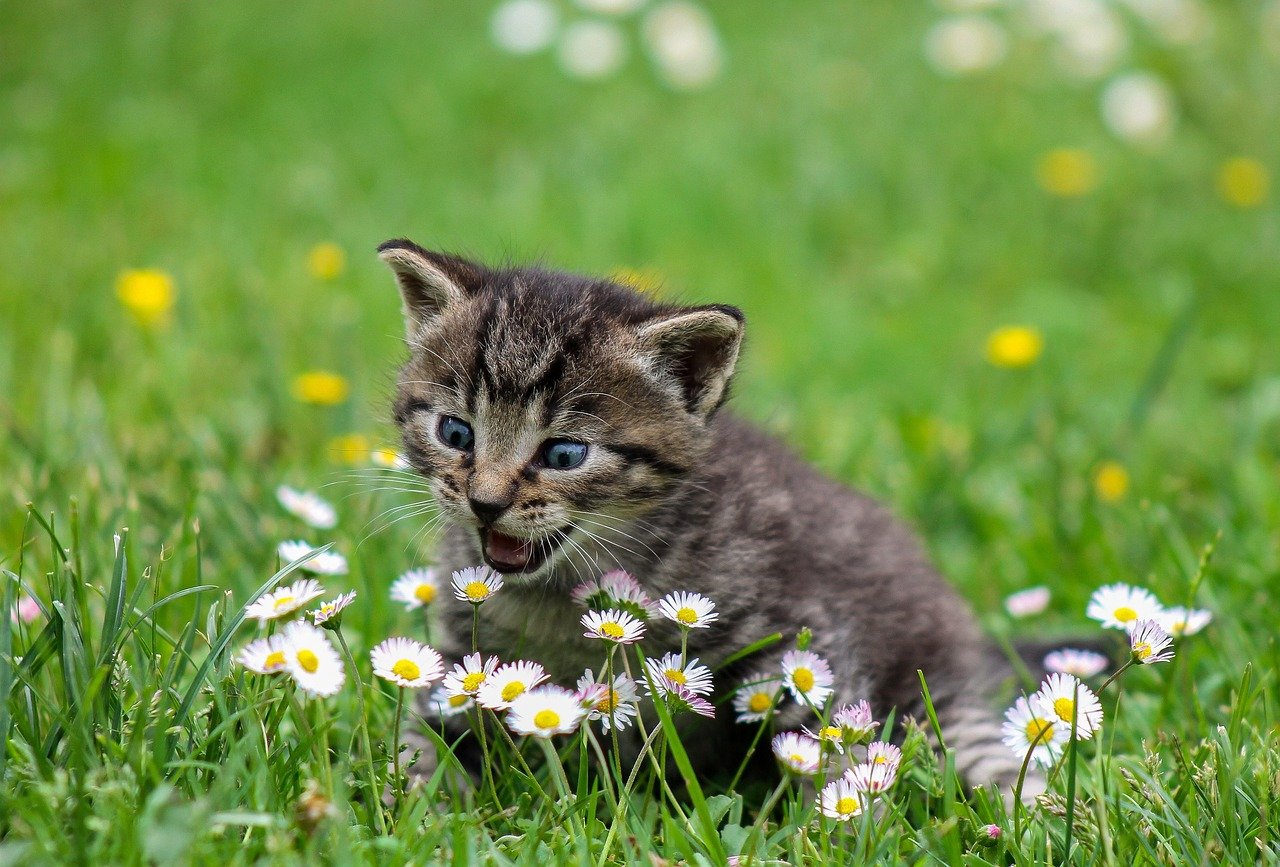
When your cat playfully pounces on your feet or toys, they’re doing more than burning off energy. Play is a vital part of a cat’s learning and bonding process. Through playful attacks and chases, your cat is exploring boundaries and trying to understand your reactions. This spirited behavior is a sign of trust and engagement, showing your cat feels safe enough to be vulnerable and silly. Playful pouncing is also a way for your cat to express interest in your world, inviting you to join their joyful exploration. It’s a delightful reminder that understanding is a two-way street.
Hi, I’m Bola, a passionate writer and creative strategist with a knack for crafting compelling content that educates, inspires, and connects. Over the years, I’ve honed my skills across various writing fields, including content creation, copywriting, online course development, and video scriptwriting.
When I’m not at my desk, you’ll find me exploring new ideas, reading books, or brainstorming creative ways to solve challenges. I believe that words have the power to transform, and I’m here to help you leverage that power for success.
Thanks for stopping by, Keep coming to this website to checkout new articles form me. You’d always love it!






